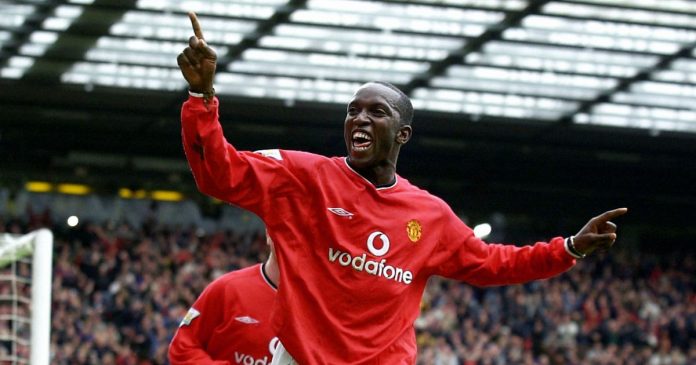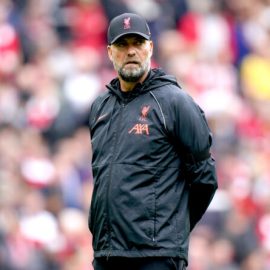In new owner John W Henry, Liverpool obviously haven’t gained a free-wheeling oligarch with purse strings looser than the Tea Party’s grip on reality, but rather a pragmatist with no express desire to go doubling his £300 million outlay by building extraneous stadiums hither and thither.
With a nod to Arsenal’s highly successful and self-funded move from Highbury to the Emirates in 2006, Henry is said to have set his heart on delivering a revenue-enhancing stadium for Liverpool and it would seem, at least according to the Guardian‘s financial offshoot Digger, the American businessman is seriously considering ‘moving in with the neighbours’ in order to further balance the club’s decimated books.
As Henry himself stated in an open email to the Guardian earlier this week, NESV have already wiped the debts incurred by former owners Tom Hicks and George Gillett, with their only outstandings now being the £37 million loan that their predecessors took out to complete preparatory work on the proposed stadium site at Stanley Park – with Digger suggesting that that amount, coupled with their struggle for sufficient revenue, may be enough to force Liverpool’s newly installed hierarchy into pursuing a ground-share option with bitter local rivals Everton:
“[Arsenal] completed their £400 million project using all their own cash. That involved forward selling their shirt sponsorship income at a heavy discount in return for £100 million of cash up front, to Emirates and Nike.
But Liverpool’s £80 million Standard Chartered deal will be needed to service the Premier League’s third-highest player wage bill.”
Digger also claim that, although Liverpool may be able to re-flog their kit when their current deal with Adidas ends in 2012, if things don’t pick up dramatically on the playing side then drastic measures may become necessary to keep the club in rude health financially:
“There may be the opportunity to raise a big lump of cash up front when their Adidas kit deal ends at the end of next season but the consequent discount would seriously affect revenues at a time when Liverpool may still be out of the Champions League.
It is all a bit of a quandary for Henry, even if he significantly scales down the Hicks-Gillett scheme for an 80,000-seat stadium. The best way to ensure delivery of a revenue-enhancing stadium is by sharing the costs with Everton, who have still not ruled it out.”
Sh*t stirring? Possibly. Possibility? Definitely.
Whereas an initial backlash would be understandable, isn’t it perfectly reasonable to suggest that fans of both clubs would prefer to share an all-new, world-class stadium than carry on in their equally (to all intents and purposes) penniless furrows?
The prospective ground-share could be an architectural, cultural and social showpiece without having to necessarily temper the intense rivalry between the two clubs, thus serving to benefit both sides in terms of revenue, finance and marketing – although acquiring a suitable set of naming rights could be a potential minefield of sly digs and innuendo.
However, that said, if the massively weighted scheme is poorly conceived, then it could very easily descend into one of the most high-profile farces the European game has ever witnessed.
Ultimately, it seems rather unlikely (if not altogether implausible) that both Liverpool and Everton will end up with box-fresh 50/60,000 capacity grounds to call their own.
It is, therefore, predominantly important that any prospective boardroom debate regarding the eventual environmental fate that may befall the two clubs is conducted from a neutral, or possibly pragmatic, perspective.
Add Sportslens to your Google News Feed!






